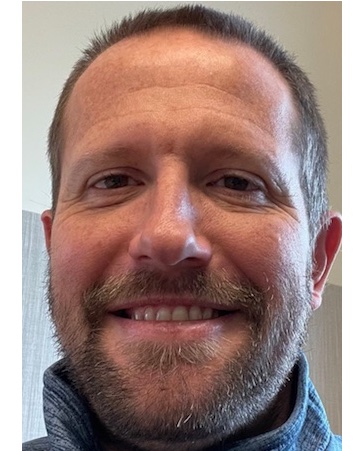TCBG Seminar
From Molecular Vibrations to Molecular Crowding Tweet

Matthias Heyden
School of Molecular Sciences
Arizona State University
Tempe, Arizona
Monday, April 24, 2023
3:00 pm (CT)
Hybrid webinar recording
Abstract
Molecular vibrations at mid-infrared frequencies provide excellent probes to spectroscopically characterize functional groups and their immediate chemical environment. However, only the ground states of these vibrations are populated at room temperature. Most of the 'jiggling and wiggling of atoms' that eventually results in dynamical processes happens at lower frequencies in the far-infrared, where vibrations are easily excited by thermal collisions. All-atom molecular dynamics simulations model these vibrations and thermal fluctuations as a function of time. In principle, this allows for direct observations of dynamical processes in the generated trajectories. Various enhanced sampling schemes can further be applied to observe slow processes on timescales exceeding achievable simulation times, e.g., protein conformational changes, ligand binding etc. However, the associated computational costs remain high and can be a limiting factor, for example, in high-throughput screening applications. We aim to maximize the extraction of information from all-atom simulations that 1) contain highly anharmonic low-frequency vibrations of biomolecules and their solvation environments in a given state; but 2) are sufficiently short for high-throughput applications. For this purpose, we develop methods that eliminate the need for harmonic or quasi-harmonic approximations in the analysis of molecular vibrations. The latter allows us to identify collective degrees of freedom in proteins and other biomolecules that are susceptible to large- amplitude fluctuations. Further, we utilize intermolecular vibrations in biomolecular solvation shells to construct 3D solvation free energy maps that provide information on water-mediated interactions. We combine such information, for example, in efficient simulation schemes of crowded biomolecular environments that include biomolecular flexibility and solvent-mediated interactions at a fraction of the computational cost of all-atom molecular dynamics simulations.



